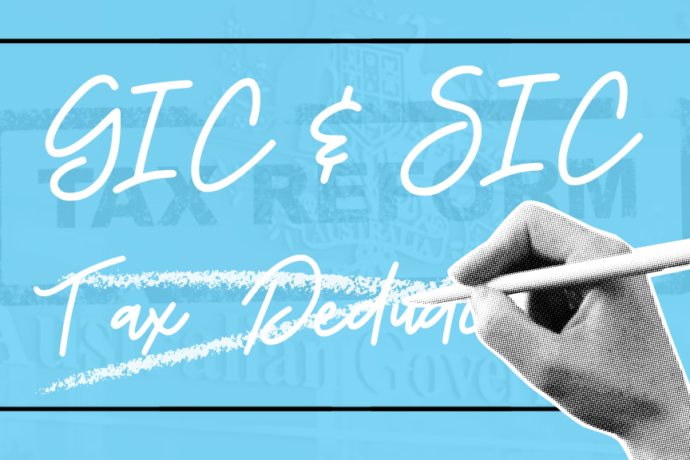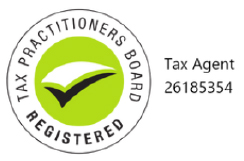ATO refunds: the time is now
Home » Blog » ATO debt management » ATO refunds: the time is now

Table of Contents
I don’t tend to mention this at dinner parties, but one of my favourite subjects at the moment is Interest and Penalties on ATO debt. Stay with me… there’s more to get excited about here than you may think!
The low-down on GIC and penalties
Firstly, if you’ve ever had ATO debt (even one day overdue), you have accrued interest (known as GIC, which stands for General Interest Charges) and penalties.
Don’t know much about GIC? A refresher: GIC is a daily compounding interest charge on any late payment to the ATO. This includes income tax, FBT, GST and PAYGW. The interest rate fluctuates and is updated quarterly. At the time of writing the rate sits at 7.89% pa (down from a high of 14.75% back in 2008).
So far, so straightforward.
In addition, penalties are imposed if you fail to meet any tax obligation. These are calculated using (a) a formula relating to your behaviour and level of avoidance, or (b) multiples of a “penalty unit”. The current penalty unit is $222 (it increases every couple of years, roughly). As examples, a failure to retain required records is 20 penalty units; a failure to register as a PAYG withholder when required to is 5 penalty units. There are many many more.
Complex beyond GIC, certainly, but equally interesting for my purposes.
GIC and penalty refunds
Here’s the exciting bit: depending on the circumstances, you may be able to get a refund of GIC and penalties – whether it’s current debt OR past debt that has already been repaid.
There are two main scenarios:
- The client is up to date with ATO payments but GIC/ penalties accrued on past debt.
=> A refund means a credit on their account, to offset future tax liability or even to be withdrawn as cash. - The client has a current ATO debt.
=> A GIC / penalties refund would result in a credit, reducing the overall debt amount.
The time is now
The ATO is doing an amazing job during these strange times, at the “frontline” of government stimulus, while also supporting taxpayers in ways that positively impact cashflow. This includes considering remission (refund) applications.
A big word of warning here, however: remission applications are harder to get right than some may think. There are good applications and there are not-so-good ones. The good ones get the maximum possible refund; the not-so-good ones do not. That’s the simple reality.
At Tax Assure, we are obsessed with submitting the best possible remission applications, to make sure we maximise the return for our clients. The outcomes are genuinely life-changing: which is why it’s one of my favourite subjects – even occasionally at a dinner party!
What now?
Whether the total interest and penalties are $10K or $2Mill we can tell you pretty quickly if there’s a case for a refund. So please do get in contact if you’d like to chat about what we can do for you or your clients – we’d love to help.





